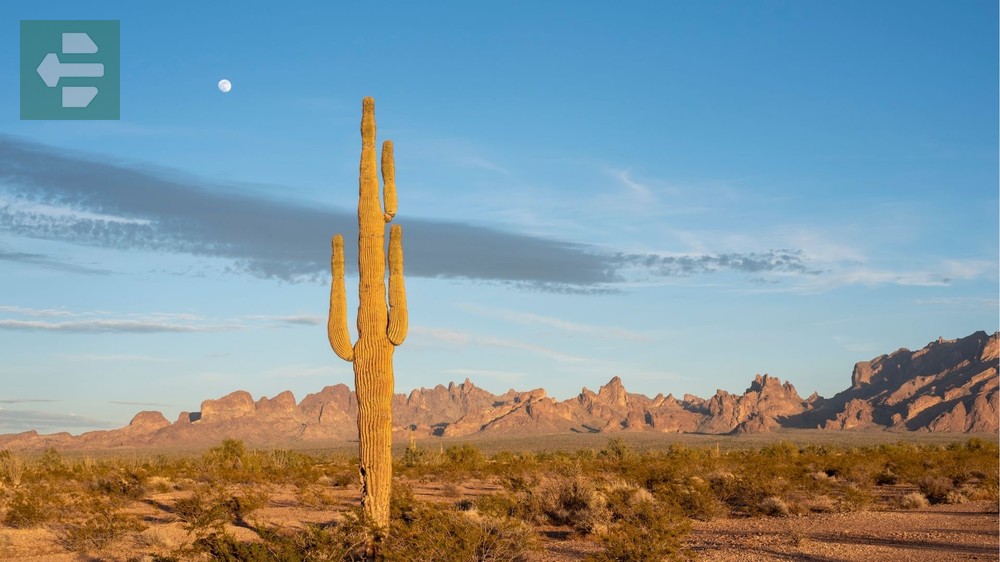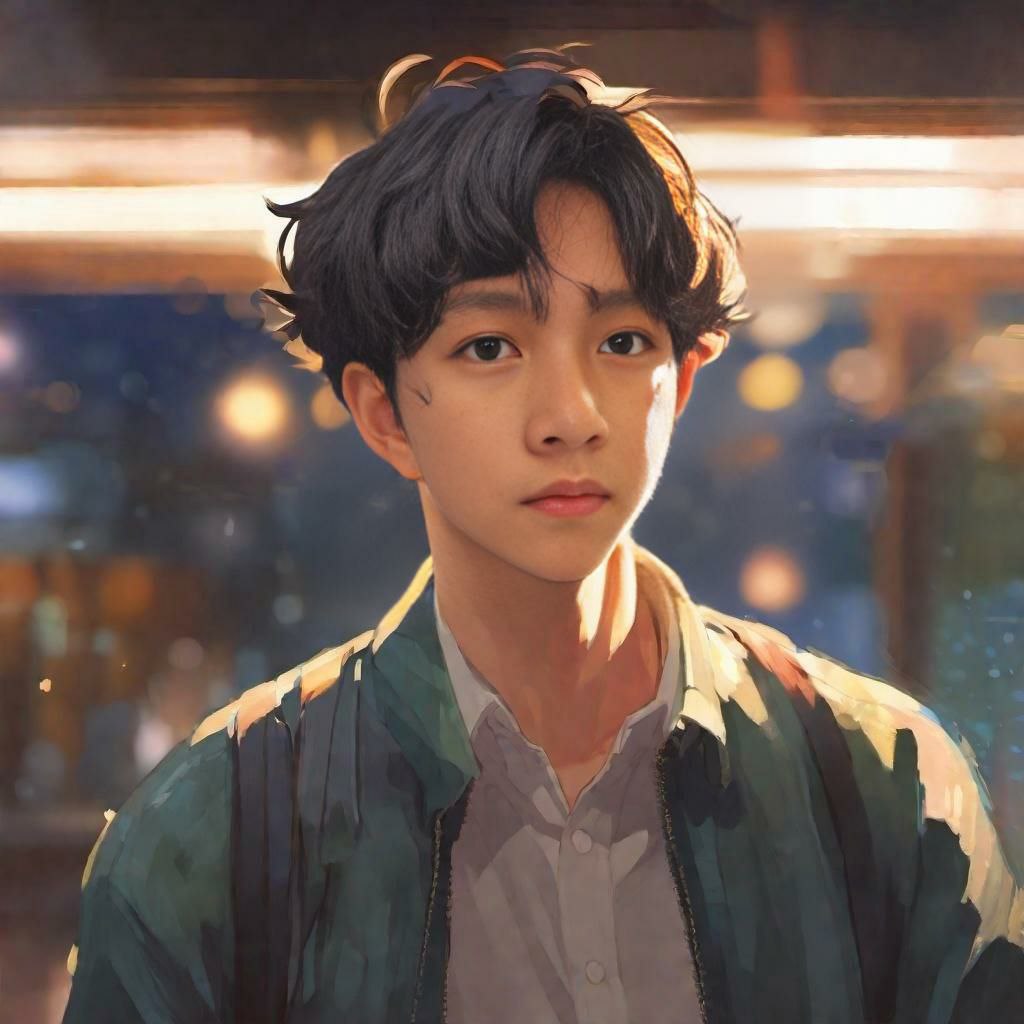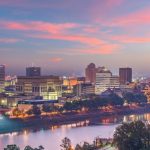Arizona delivers raw desert beauty, ancient canyons, and red rock formations that redefine spectacular. The best places to visit in Arizona include the Grand Canyon's mile-deep gorge, Sedona's mystical red rocks, and Monument Valley's iconic buttes that have starred in countless Western films.
Keep reading as we explore Arizona's most unforgettable destinations that will transform your understanding of the American Southwest.
List of Contents
- 1. Grand Canyon: The Earth's Greatest Story
- 2. Sedona: Where Red Rocks Meet the Soul
- 3. Antelope Canyon: Light Becomes Art
- 4. Monument Valley: The Wild West's Backdrop
- 5. Saguaro National Park: Giants of the Sonoran
- 6. Scottsdale: Desert Sophistication
- 7. Phoenix: Valley of the Sun
- 8. Tucson: Where Cultures Converge
- 9. Flagstaff: Mountain Town Character
- 10. Page: Gateway to Natural Wonders
- 11. Tombstone: The Town Too Tough to Die
- 12. Jerome: Ghost Town Reborn
- 13. Bisbee: Copper Queen's Legacy
- 14. Prescott: Mile-High Pioneer Spirit
1. Grand Canyon: The Earth's Greatest Story
The Grand Canyon stretches 277 miles long and plunges over a mile deep. Standing at the South Rim, you witness two billion years of geological history carved into stone.

I watched sunrise paint the canyon walls gold and crimson from Hopi Point one October morning. The silence was profound—broken only by the distant cry of a California condor soaring through the depths below.
The North Rim offers solitude and cooler temperatures, but closes in winter. Most visitors stick to the South Rim, which stays open year-round and provides easier access to viewpoints and hiking trails.
Quick Facts:
- Peak Season: March-May, September-November
- How to Get There: Fly to Phoenix or Las Vegas, drive 3-4 hours
- Entrance Fee: From $35 per vehicle
- Suggested Stay: 2-3 days
- Must-See Areas: South Rim, Desert View, Hermit Road viewpoints
2. Sedona: Where Red Rocks Meet the Soul
Sedona's red sandstone formations rise from high desert like ancient cathedrals. The town sits surrounded by these monuments at 4,350 feet elevation, creating a landscape that feels otherworldly.
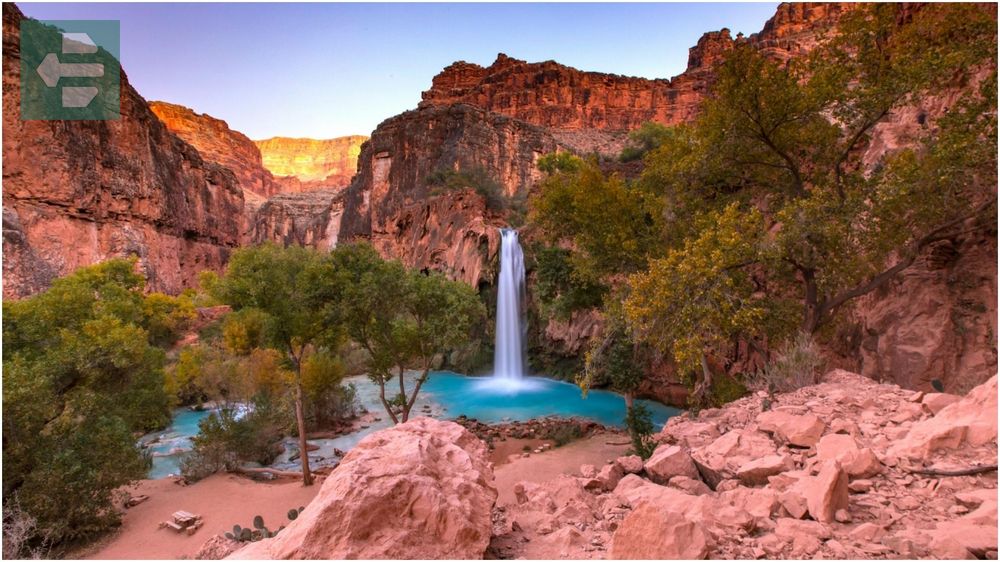
Bell Rock and Cathedral Rock draw hikers seeking moderate climbs with spectacular payoffs. For those preferring gentler exploration, the Airport Mesa provides panoramic views accessible by car.
New Age believers flock here claiming the area contains spiritual vortexes. Whether you believe in energy fields or not, something about this place stills the mind and quickens the pulse.
Quick Facts:
- Peak Season: March-May, September-November
- How to Get There: 2 hours north of Phoenix via I-17
- Entrance Fee: Red Rock Pass required, from $5
- Suggested Stay: 2-4 days
- Must-See Areas: Bell Rock, Cathedral Rock, Chapel of the Holy Cross
3. Antelope Canyon: Light Becomes Art
Antelope Canyon exists as nature's cathedral—a slot canyon where light beams pierce through narrow openings above, creating ethereal columns of illumination in the sandstone chambers below.
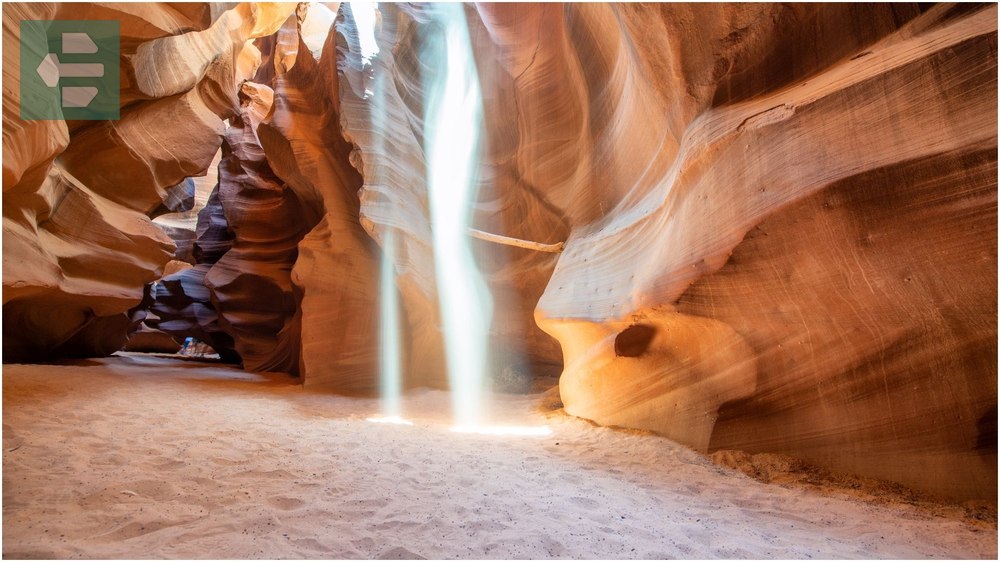
The canyon requires Navajo-guided tours. Upper Antelope Canyon offers the famous light beams, while Lower Antelope Canyon provides more intimate spaces and fewer crowds.
Photography here challenges even experienced shooters. The contrast between bright sky and shadowed walls demands patience and skill, but the results can be magical.
Quick Facts:
- Peak Season: March-October
- How to Get There: Page, AZ via guided tours only
- Entrance Fee: From $40 per person (tour required)
- Suggested Stay: Half day
- Must-See Areas: Upper Antelope (light beams), Lower Antelope (intimate spaces)
4. Monument Valley: The Wild West's Backdrop
Monument Valley's sandstone buttes rise 1,000 feet from the desert floor like sleeping giants. This landscape has appeared in more Western films than any other location on Earth.
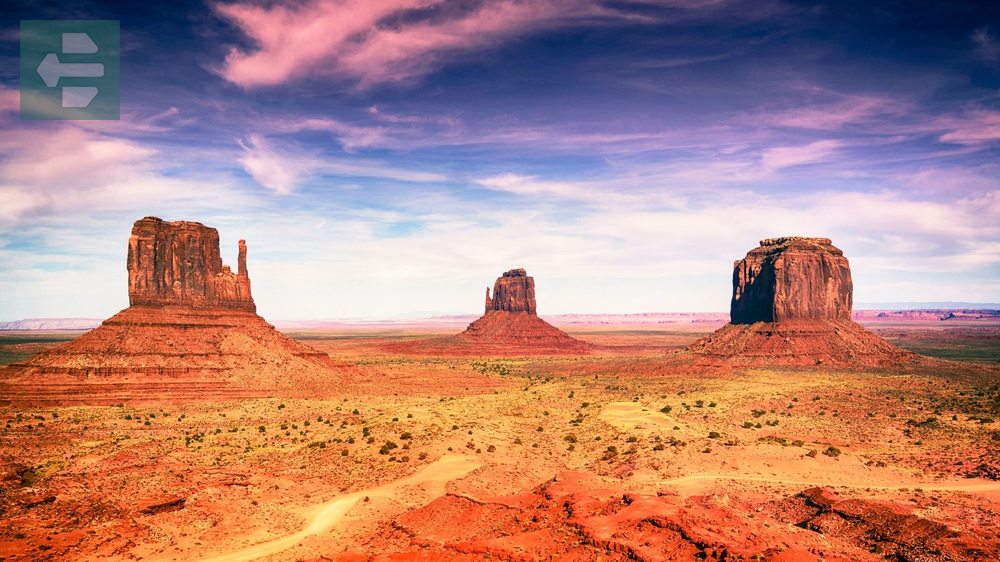
The 17-mile scenic drive winds between the monuments on unpaved roads that test your vehicle and your patience. Each viewpoint reveals new perspectives of the Mittens, Merrick Butte, and other iconic formations.
Stay until sunset when the red rocks glow like embers against the darkening sky. The silence here is complete—no traffic, no city sounds, just wind and space.
Quick Facts:
- Peak Season: April-October
- How to Get There: 4 hours from Phoenix, near Utah border
- Entrance Fee: From $20 per vehicle
- Suggested Stay: 1-2 days
- Must-See Areas: The Mittens, Merrick Butte, Artist's Point
5. Saguaro National Park: Giants of the Sonoran
Saguaro cacti stand like 40-foot sentinels across this desert landscape. These giants live 200 years and don't grow arms until they reach 75 years old.
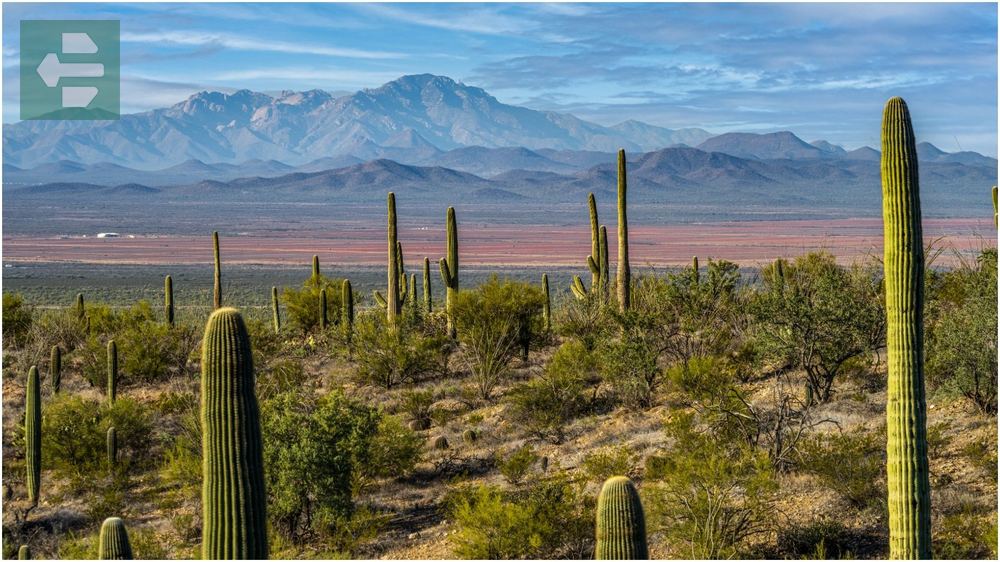
The park splits into two districts. Tucson Mountain District offers easier trails and dramatic sunsets. Rincon Mountain District provides more challenging hikes and cooler temperatures at higher elevations.
Visit during spring when wildflowers carpet the desert floor and the saguaros bloom with white flowers. The contrast of delicate petals atop these massive cacti never fails to surprise first-time visitors.
Quick Facts:
- Peak Season: November-April
- How to Get There: Two districts flanking Tucson
- Entrance Fee: From $15 per vehicle
- Suggested Stay: 1-2 days
- Must-See Areas: Scenic Loop Drive, Desert Discovery Trail, Signal Hill
6. Scottsdale: Desert Sophistication
Scottsdale transformed from cattle town to luxury desert destination while maintaining its Western soul. The city pairs world-class golf courses with authentic cowboy culture.
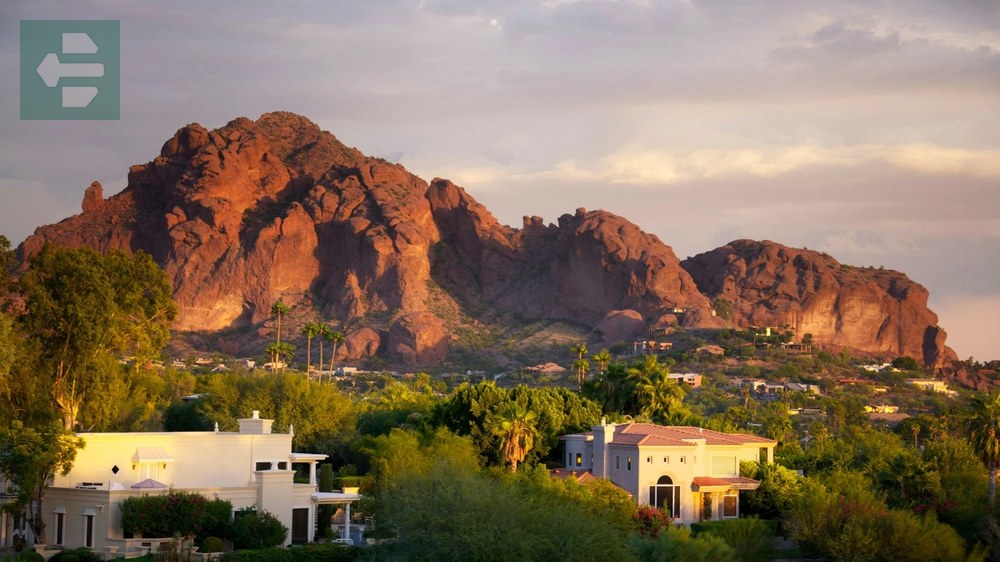
Old Town Scottsdale preserves the frontier atmosphere with wooden sidewalks and Western storefronts. Modern Scottsdale delivers upscale restaurants, art galleries, and spa resorts that rank among the world's best.
The McDowell Mountains provide a dramatic backdrop for everything here. Sunrise hikes in the nearby preserve offer city views and desert solitude just minutes from downtown luxury.
Quick Facts:
- Peak Season: October-April
- How to Get There: Part of Phoenix metro area
- Entrance Fee: Free (city destination)
- Suggested Stay: 2-4 days
- Must-See Areas: Old Town, McDowell Mountain Regional Park, Taliesin West
7. Phoenix: Valley of the Sun
Phoenix sprawls across the Sonoran Desert as America's fifth-largest city. The metropolitan area encompasses 2,000 square miles of desert communities, each with distinct personalities.
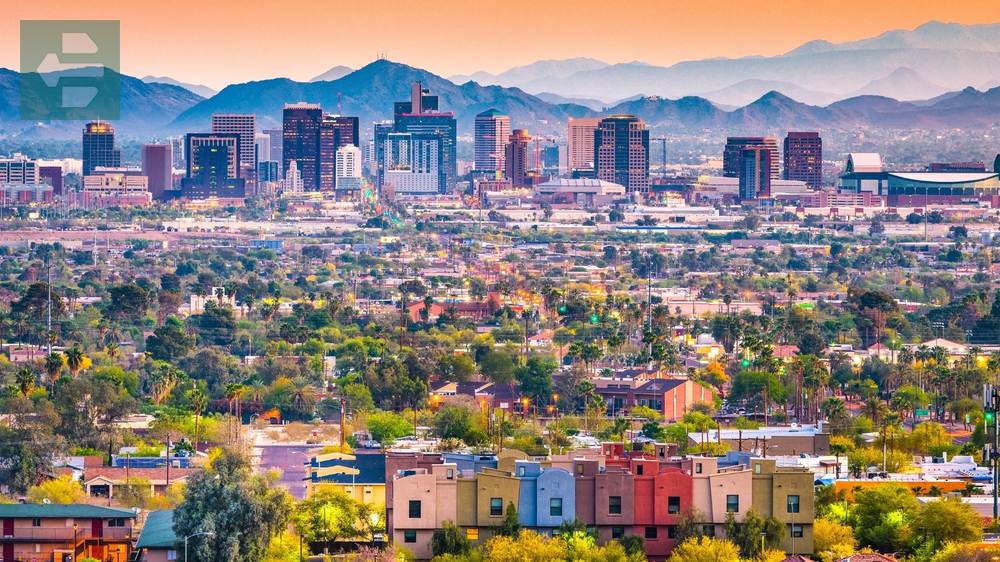
Desert Botanical Garden showcases 50,000 desert plants in naturally beautiful settings. Papago Park's red butte formations provide hiking trails and the famous Hole-in-the-Rock landmark.
Summer temperatures regularly exceed 110°F, making winter the prime visiting season. The city comes alive from November through April when outdoor activities become comfortable again.
Quick Facts:
- Peak Season: November-April
- How to Get There: Major international airport, interstate access
- Entrance Fee: Free (city destination)
- Suggested Stay: 2-5 days
- Must-See Areas: Desert Botanical Garden, Papago Park, South Mountain
8. Tucson: Where Cultures Converge
Tucson blends Mexican heritage with American Southwest charm in a city surrounded by five mountain ranges. The elevation keeps temperatures slightly cooler than Phoenix year-round.
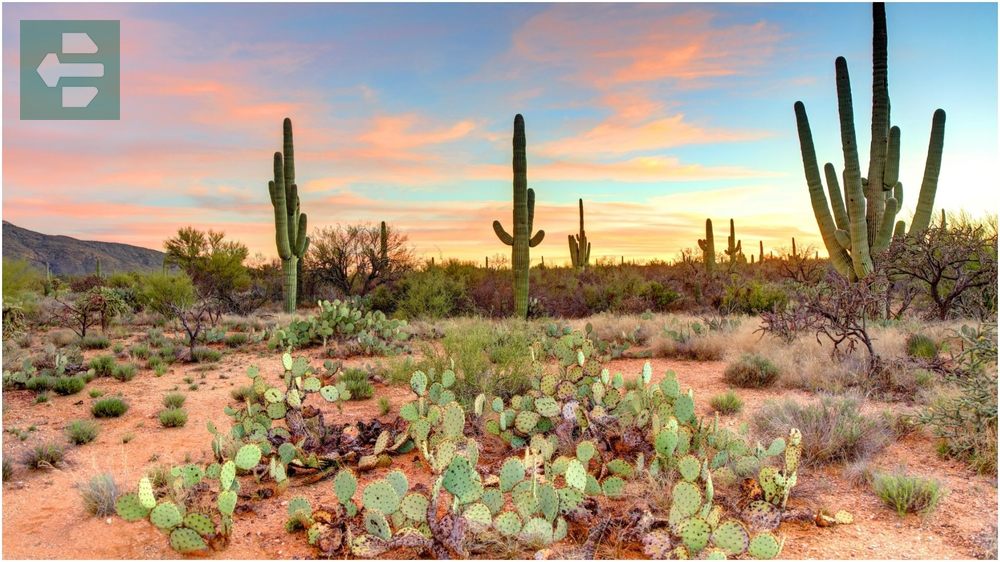
The historic downtown features colorful murals and authentic Mexican restaurants that have served families for generations. University of Arizona brings youthful energy to this desert town.
Mission San Xavier del Bac, known as the “White Dove of the Desert,” stands as an active 18th-century Spanish colonial mission. The interior artwork and architecture transport visitors back 300 years.
Quick Facts:
- Peak Season: October-April
- How to Get There: 2 hours south of Phoenix via I-10
- Entrance Fee: Free (city destination)
- Suggested Stay: 2-3 days
- Must-See Areas: Mission San Xavier, Historic Downtown, Arizona-Sonora Desert Museum
9. Flagstaff: Mountain Town Character
Flagstaff sits at 7,000 feet elevation in the world's largest ponderosa pine forest. Snow covers the peaks for half the year, creating Arizona's winter sports destination.
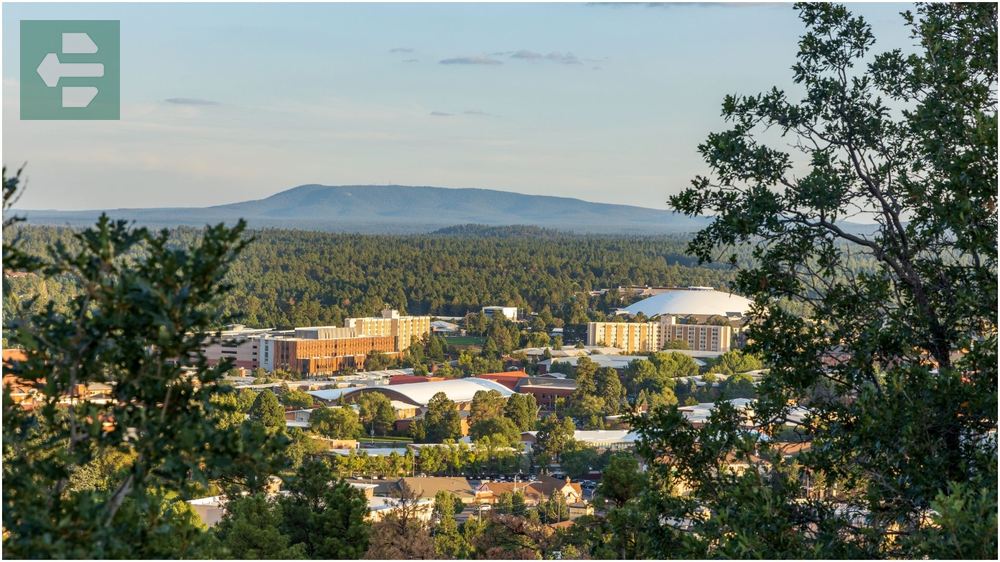
Historic downtown features vintage neon signs, locally-owned shops, and craft breweries housed in restored buildings. Route 66 runs straight through the city center, adding nostalgic charm.
Lowell Observatory discovered Pluto here in 1930. The clear mountain air and minimal light pollution make this one of the best stargazing locations in the Southwest.
Quick Facts:
- Peak Season: May-October
- How to Get There: 2.5 hours north of Phoenix via I-17
- Entrance Fee: Free (city destination)
- Suggested Stay: 1-3 days
- Must-See Areas: Historic Downtown, Lowell Observatory, Coconino National Forest
10. Page: Gateway to Natural Wonders
Page exists as a small town that serves as basecamp for some of the Southwest's most spectacular attractions. Lake Powell's turquoise waters contrast sharply with surrounding red rock canyons.

Horseshoe Bend requires a short hike to reach the overlook where the Colorado River makes a dramatic 270-degree turn 1,000 feet below. The view tests your courage and rewards your effort.
Glen Canyon Dam backs up the Colorado River to create Lake Powell. The massive concrete arch spans the canyon and generates hydroelectric power for the Southwest.
Quick Facts:
- Peak Season: April-October
- How to Get There: 2.5 hours from Flagstaff
- Entrance Fee: Free (town access)
- Suggested Stay: 2-3 days
- Must-See Areas: Horseshoe Bend, Lake Powell, Glen Canyon Dam
11. Tombstone: The Town Too Tough to Die
Tombstone preserves its 1880s silver mining boom atmosphere with wooden sidewalks, saloon doors, and daily gunfight reenactments. The entire town operates as a living museum.

The O.K. Corral marks the site of the famous 1881 shootout between the Earps and the Clantons. Historical markers and displays recreate the 30-second gunfight that became Western legend.
Boot Hill Cemetery holds the graves of those who died with their boots on. The weathered headstones tell stories of frontier justice and sudden death in America's wildest town.
Quick Facts:
- Peak Season: October-April
- How to Get There: 1 hour from Tucson via Highway 80
- Entrance Fee: Town free, attractions from $5
- Suggested Stay: 1 day
- Must-See Areas: O.K. Corral, Boot Hill Cemetery, Bird Cage Theatre
12. Jerome: Ghost Town Reborn
Jerome clings to Cleopatra Hill at 5,000 feet elevation, a copper mining town that nearly became a ghost town before artists discovered its potential. Victorian houses cascade down steep slopes with spectacular valley views.

The town's population peaked at 15,000 in the 1920s, then dropped to 50 by the 1950s. Today's 400 residents include artists, retirees, and free spirits drawn to Jerome's bohemian atmosphere.
Walking these narrow streets feels like time travel. Former mining buildings now house galleries, wine bars, and eclectic shops selling everything from local pottery to vintage mining equipment.
Quick Facts:
- Peak Season: March-November
- How to Get There: 2 hours north of Phoenix via Prescott
- Entrance Fee: Free (town access)
- Suggested Stay: Half day to 1 day
- Must-See Areas: Historic Main Street, Jerome State Historic Park, Audrey Headframe Park
13. Bisbee: Copper Queen's Legacy
Bisbee nestled in the Mule Mountains as a copper mining center that produced more copper than any other mining district in the world. Victorian architecture climbs hillsides in a town that feels more European than American Southwest.

The Copper Queen Mine offers underground tours through tunnels where miners extracted billions of pounds of copper. Hard hats and mining lamps provided, but bring a jacket—it's 47°F underground year-round.
Bisbee's artistic community transforms old mining buildings into galleries, coffee roasters, and bookshops. The town attracts creative types seeking affordable rent and inspiring mountain scenery.
Quick Facts:
- Peak Season: October-April
- How to Get There: 90 minutes from Tucson via Highway 80
- Entrance Fee: Free (town access)
- Suggested Stay: 1-2 days
- Must-See Areas: Historic Downtown, Copper Queen Mine, Bisbee Mining Museum
14. Prescott: Mile-High Pioneer Spirit
Prescott served as Arizona's first territorial capital, a mile-high mountain town surrounded by the world's largest stand of ponderosa pines. Victorian homes and frontier buildings line streets laid out in perfect grid patterns.

Whiskey Row once hosted 40 saloons along Montezuma Street. Today's four saloons maintain the frontier atmosphere with swinging doors, wooden floors, and bartenders who know their local history.
Watson Lake features granite boulder formations that create hidden coves and scenic hiking trails. The lake provides relief from desert heat and some of Arizona's most unique geological formations.
Quick Facts:
- Peak Season: May-October
- How to Get There: 1.5 hours north of Phoenix
- Entrance Fee: Free (city destination)
- Suggested Stay: 1-3 days
- Must-See Areas: Historic Downtown, Watson Lake, Sharlot Hall Museum
Arizona delivers experiences that change how you see the American West. These best places to visit in Arizona offer everything from ancient canyons carved by time to living ghost towns where the frontier spirit still runs strong.
The desert calls to something primal in us. It strips away complexity and reveals what matters most.
Pack your camera and comfortable hiking shoes. Arizona's waiting to show you landscapes you'll never forget and silence you'll carry long after you leave.
